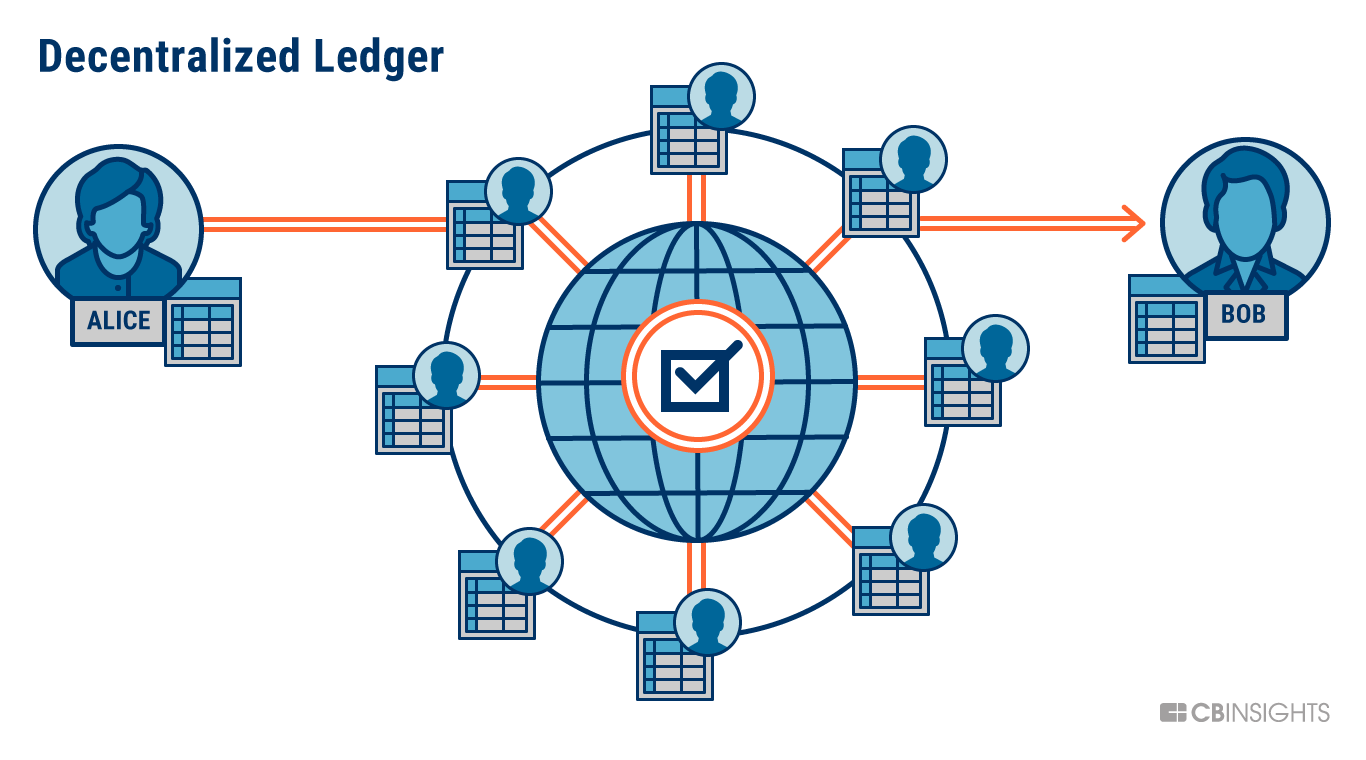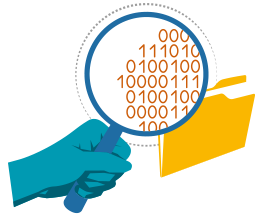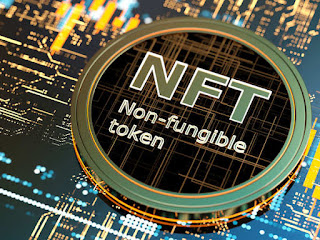What Is a Blockchain?
A blockchain is a distributed database that is shared among the nodes of a computer network. As a database, a blockchain stores information electronically in digital format. Blockchains are best known for their crucial role in cryptocurrency systems, such as Bitcoin, for maintaining a secure and decentralized record of transactions. The innovation with a blockchain is that it guarantees the fidelity and security of a record of data and generates trust without the need for a trusted third party.
A database usually structures its data into tables whereas a blockchain, like its name implies, structures its data into chunks (blocks) that are strung together. This data structure inherently makes an irreversible timeline of data when implemented in a decentralized nature. When a block is filled it is set in stone and becomes a part of this timeline. Each block in the chain is given an exact timestamp when it is added to the chain.
KEY TAKEAWAYS
- Blockchain is a type of shared database that differs from a typical database in the way it stores information; blockchains store data in blocks that are then linked together via cryptography.
- As new data comes in it is entered into a fresh block. Once the block is filled with data it is chained onto the previous block, which makes the data chained together in chronological order.
- Different types of information can be stored on a blockchain but the most common use so far has been as a ledger for transactions.
- In Bitcoin’s case, blockchain is used in a decentralized way so that no single person or group has control—rather, all users collectively retain control.
- Decentralized blockchains are immutable, which means that the data entered is irreversible. For Bitcoin, this means that transactions are permanently recorded and viewable to anyone
How Does a Blockchain Work?
The goal of blockchain is to allow digital information to be recorded and distributed, but not edited. In this way, a blockchain is the foundation for immutable ledgers, or records of transactions that cannot be altered, deleted, or destroyed. This is why blockchains are also known as a distributed ledger technology (DLT).
First proposed as a research project in 1991,1 the blockchain concept predated its first widespread application in use, Bitcoin in 2009. In the years since, the use of blockchains has exploded via the creation of various cryptocurrencies, decentralized finance (DeFi) applications, non-fungible tokens (NFTs), and smart contracts.
Transaction Process
Attributes of Cryptocurrency
Blockchain Decentralization
Imagine that a company owns a server farm comprised of 10,000 computers use to maintain a database holding all of its client's account information. This company owns a warehouse building that contains all of these computers under one roof and has full control of each of these computers and all the information contained within them. This, however, provides a single point of failure. What happens if the electricity at that location goes out? Or its internet connection is severed? What if it burns to the ground? What if a bad actor erases everything with a single keystroke? In any case, the data is lost or corrupted.
What a blockchain does, is to allow the data held in that database to be spread out among several network nodes at various locations. This not only creates redundancy, but also maintains the fidelity of the data stored therein: if somebody tries to alter a record at one instance of the database, the other nodes would not be altered and so would prevent a bad actor from doing so. If one user tampers with Bitcoin’s record of transactions, all other nodes would cross-reference each other and easily pinpoint the node with the incorrect information. This system helps to establish an exact and transparent order of events. This way, no one node within the network can alter information held within it.
Because of this, the information and history of transactions of a cryptocurrency) is irreversible. Such a record could be a list of transactions (such as with a cryptocurrency), but it also is possible for a blockchain to hold a variety of other information like legal contracts, state identifications, or a company’s product inventory.
Transparency
Because of the decentralized nature of Bitcoin’s blockchain, all transactions can be transparently viewed by either having a personal node or by using blockchain explorers that allow anyone to see transactions occurring live. Each node has its own copy of the chain that gets updated as fresh blocks are confirmed and added. This means that if you wanted to, you could track Bitcoin wherever it goes.
For example, exchanges have been hacked in the past, where those who kept Bitcoin on the exchange lost everything. While the hacker may be entirely anonymous, the Bitcoins that they extracted are easily traceable. If the Bitcoins that were stolen in some of these hacks were to be moved or spent somewhere, it would be known.
Of course, the records stored in the Bitcoin blockchain (as well as most others) are encrypted. This means that only the owner of a record can decrypt it to reveal their identity (using a public-private key pair). As a result, users of blockchains can remain anonymous while preserving transparency.
Note: All the contents are taken from internet.






Comments
Post a Comment